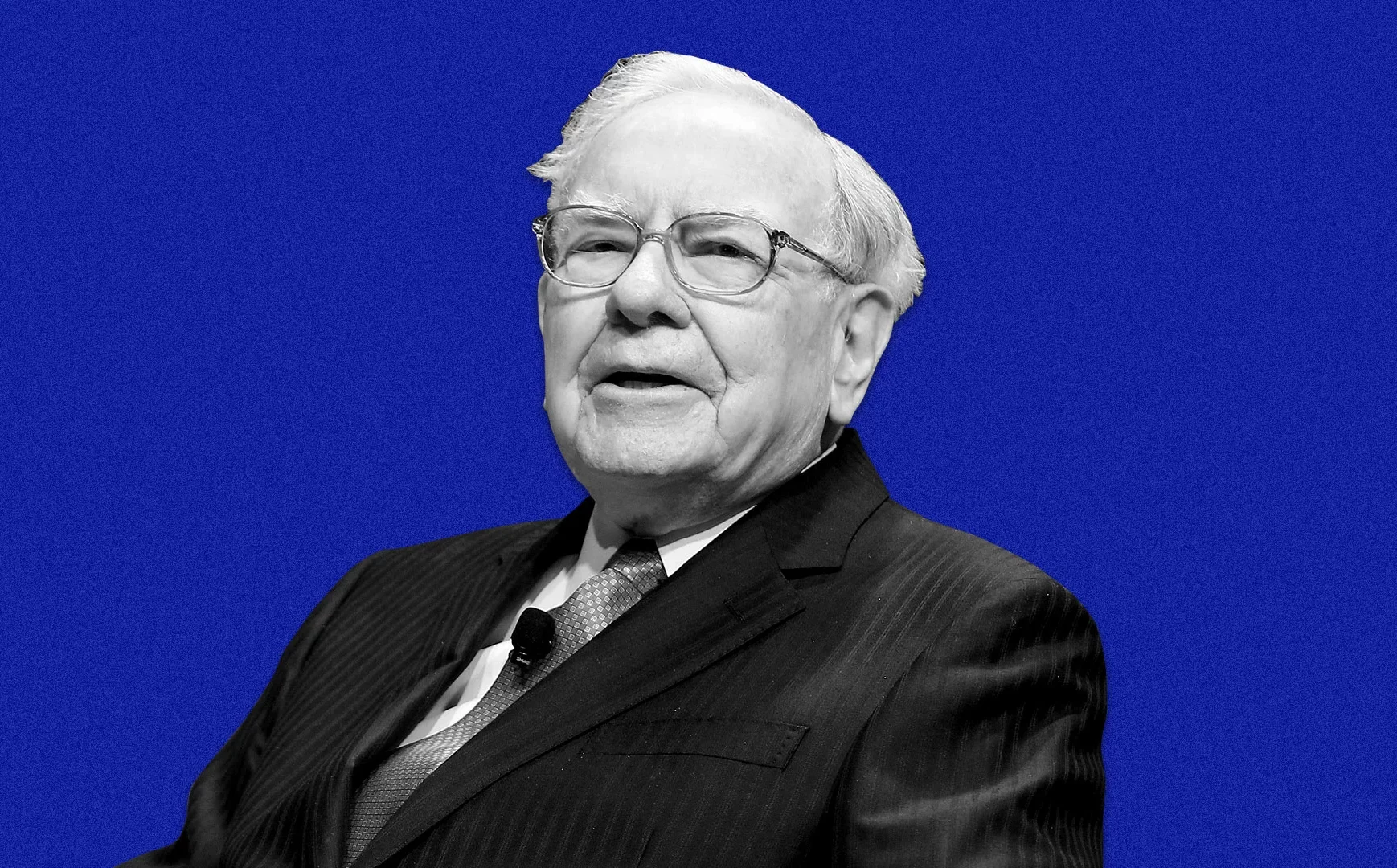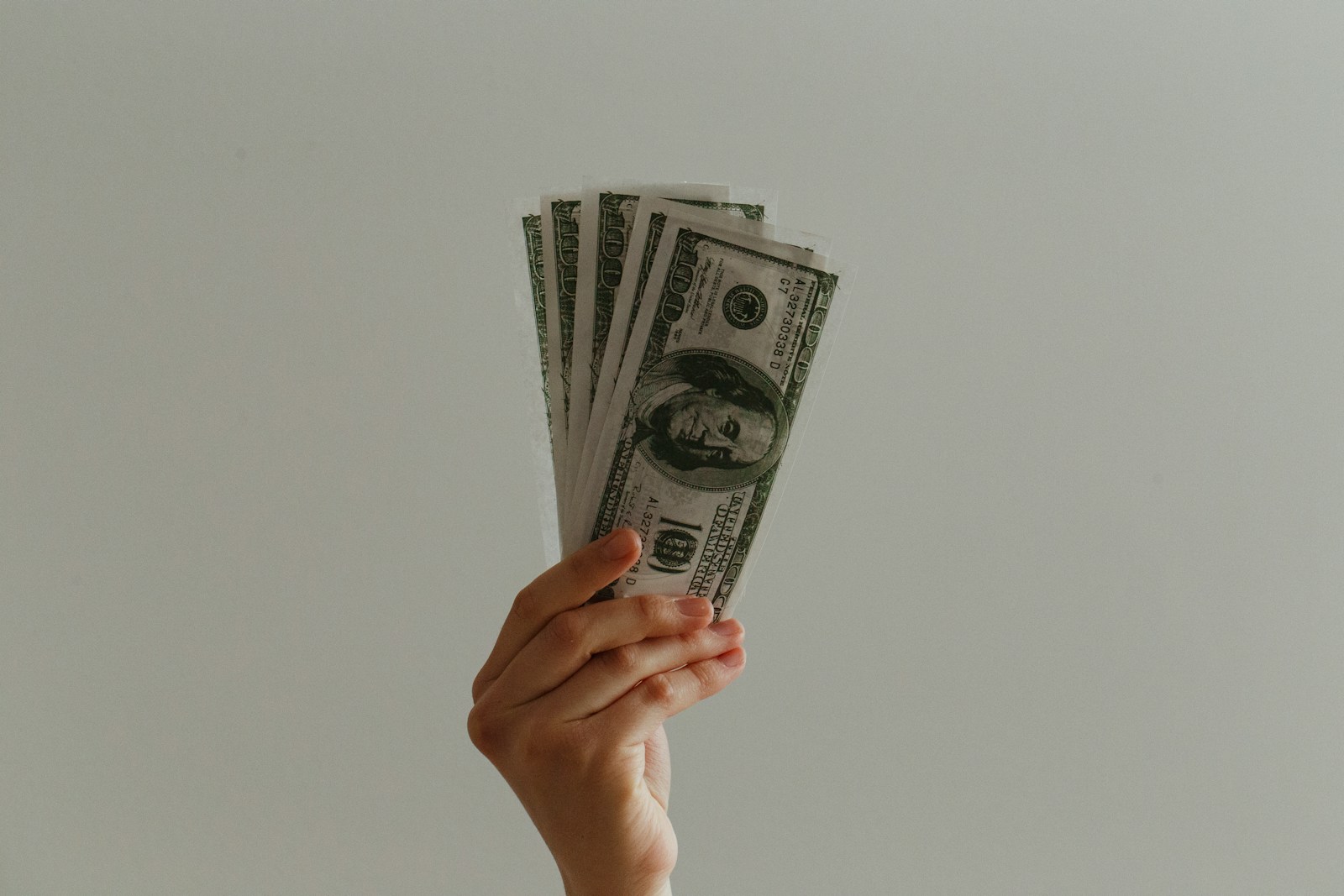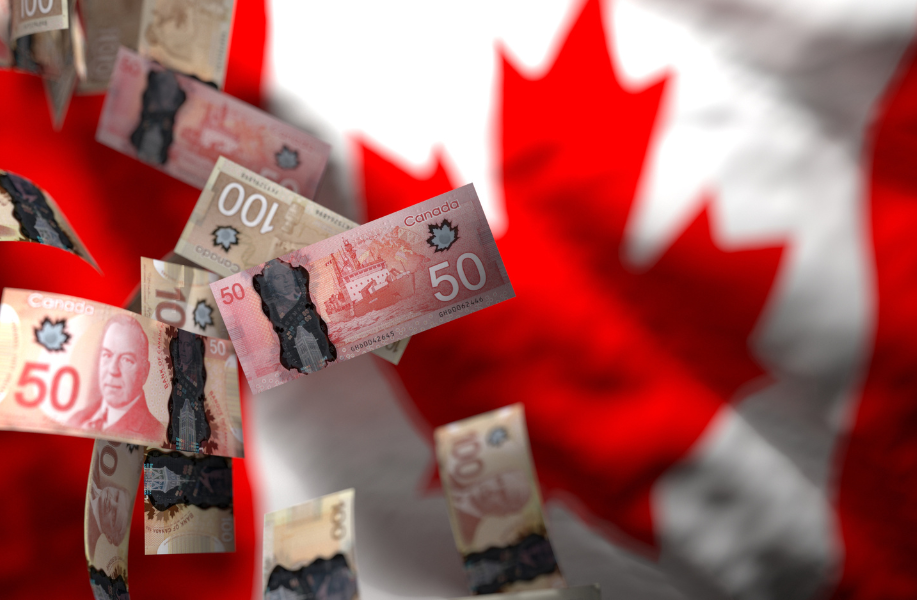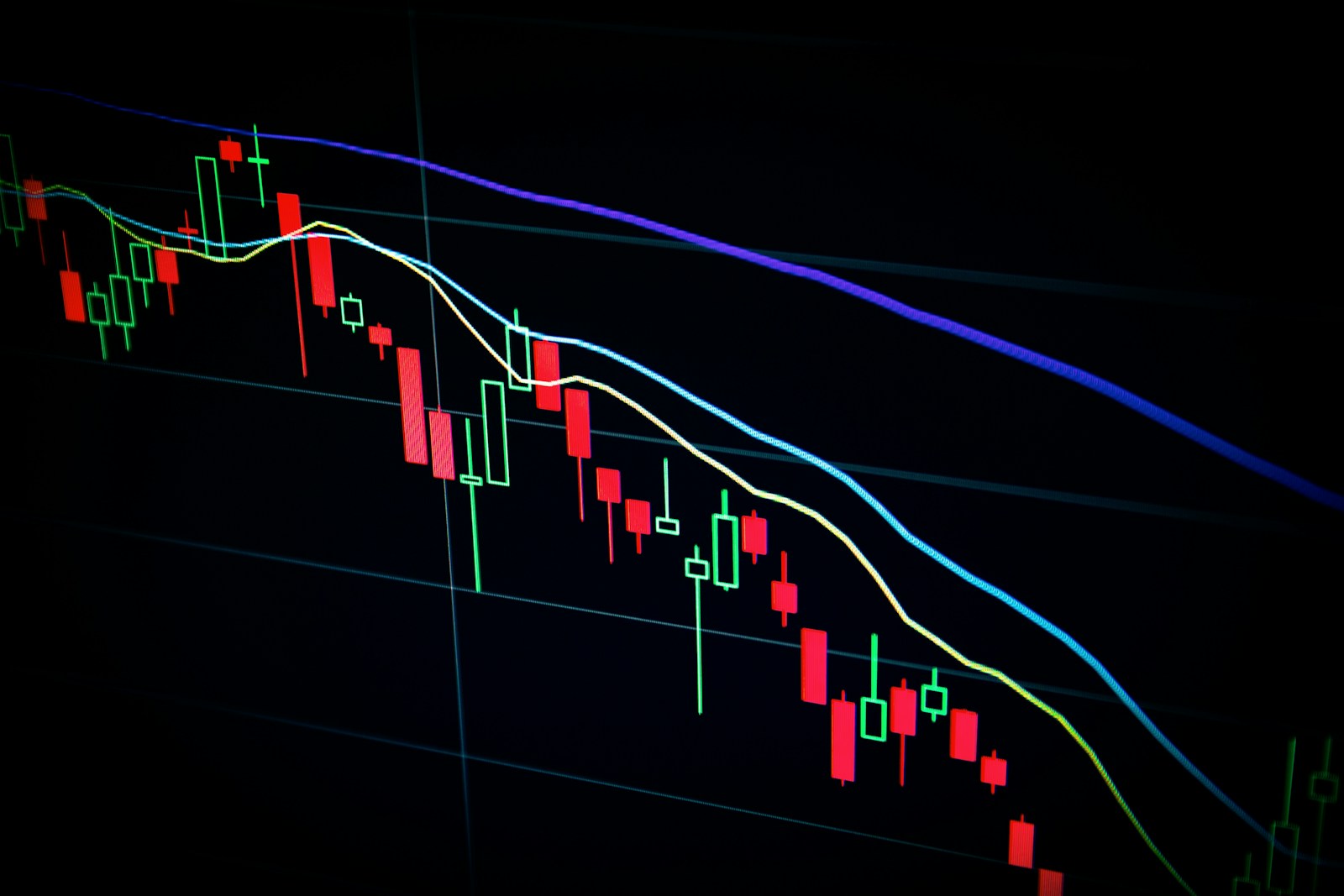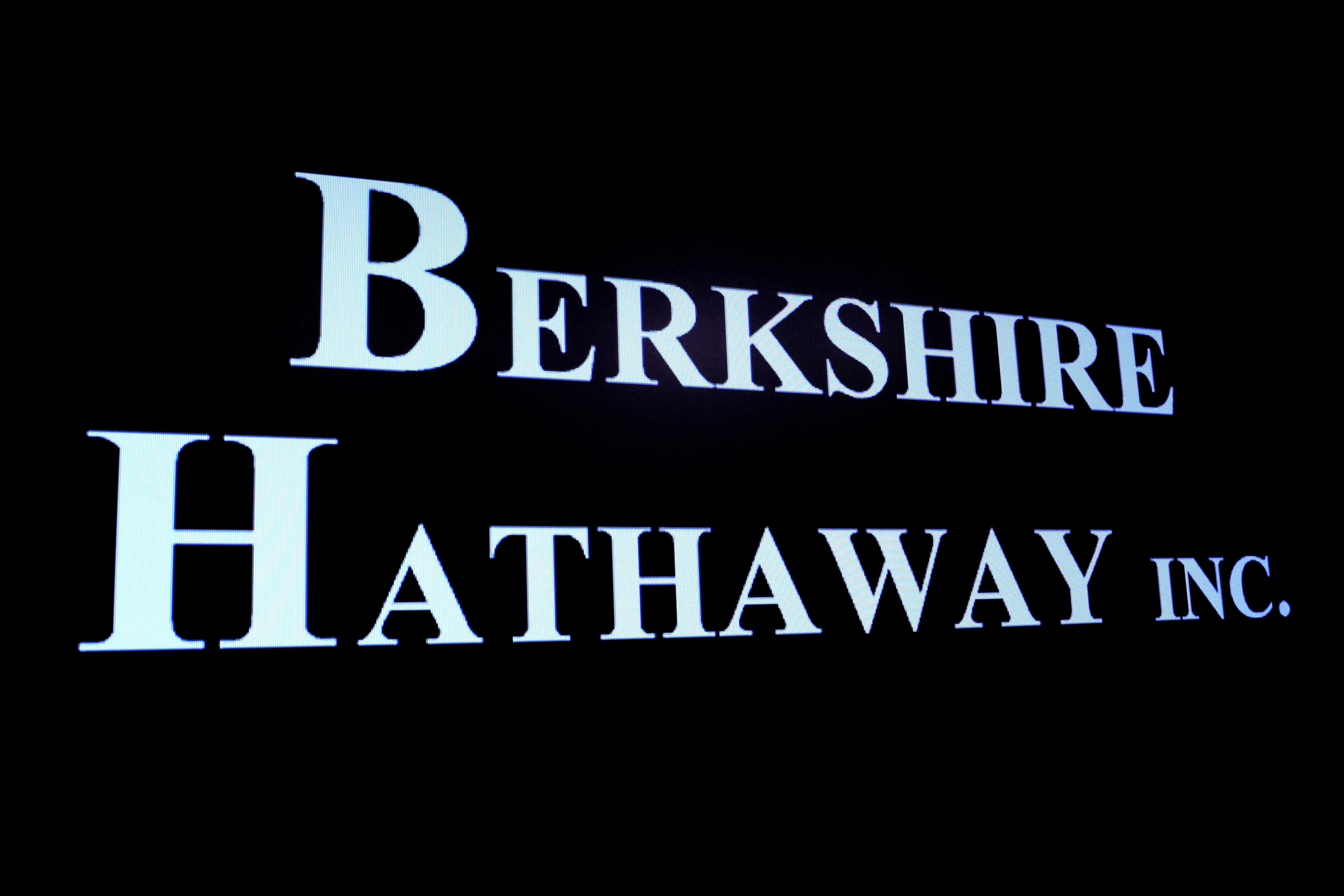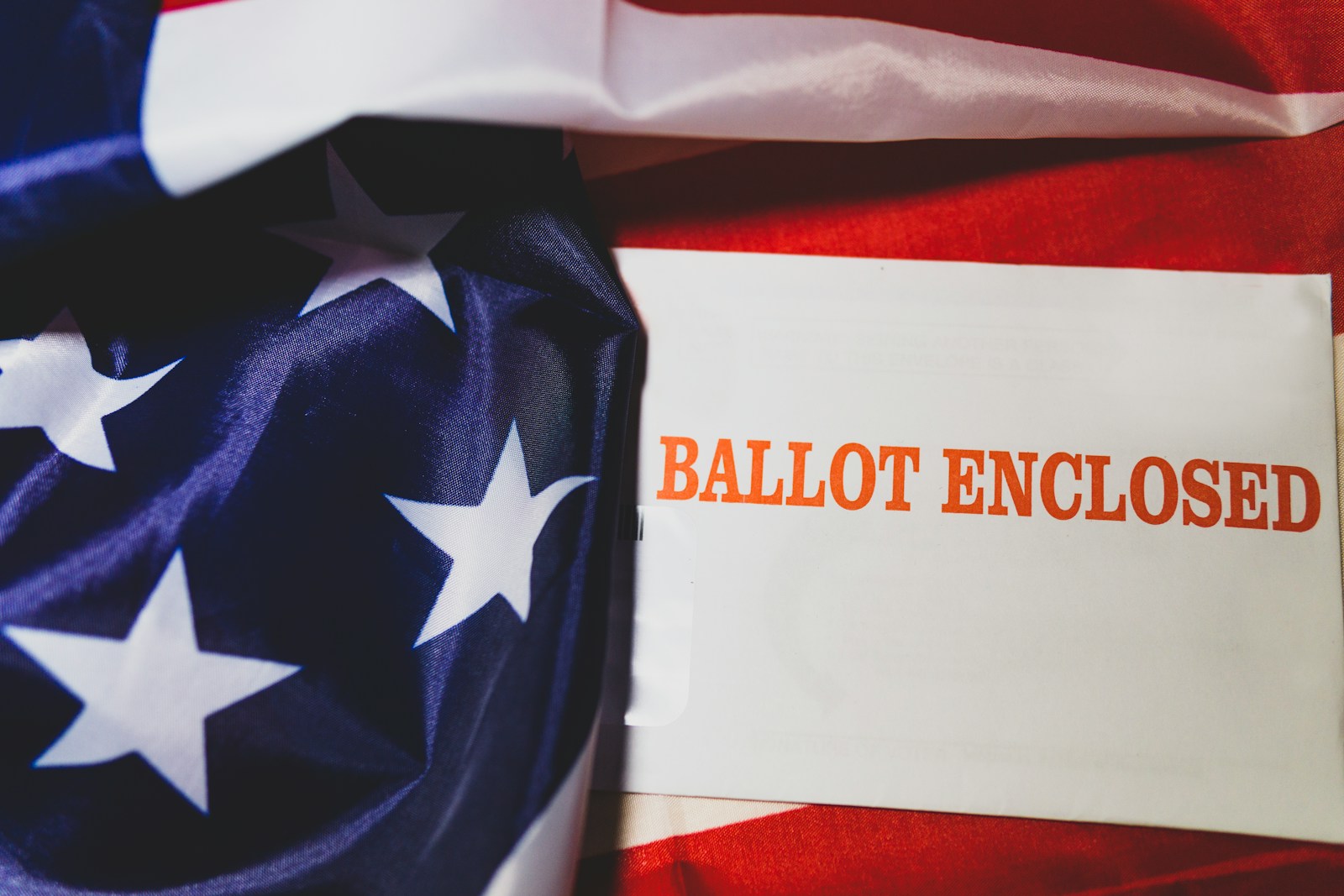For decades, Warren Buffett and the performance of his company have been studied in textbooks. Known as the “Oracle of Omaha,” he is one of the few investors to consistently outperform the market over the long term. But is his success a result of innate talent, or can it be explained by a repeatable and logical strategy? In my previous article, Sixty Years of Resilience: How Berkshire Outperformed Through Market Cycles, I discussed the underlying logic behind Buffett’s successful philosophy. Today, I will take a data-driven approach and analyze 50 years of Berkshire Hathaway’s performance through quantitative models to uncover what really drives this so-called miracle.
1. Where does Berkshire’s outperformance come from?
If you had invested one dollar in Berkshire Hathaway in 1976, by 2025 it would have grown to around $8,000. Over that period, the annualized excess return has been 19.8%, far above the market average of 8.2%. More importantly, these returns were not achieved through excessive risk-taking. Berkshire’s annualized volatility is 23%, with a Sharpe ratio of 0.8—significantly higher than the market’s 0.5.
Measured by risk-adjusted return metrics like the Sharpe ratio and Information ratio, Berkshire ranks at the very top among all stocks and mutual funds, especially those with over 50 years of history. (Note: The Sharpe ratio measures excess return per unit of total risk—higher values indicate more efficient returns. The Information ratio reflects the consistency of returns relative to a benchmark, and thus the effectiveness of active management.)
If one were to build a portfolio with 72% allocated to Berkshire, the overall Sharpe ratio could reach 0.81—approaching an optimal level from a theoretical perspective.
2. The structure behind the “miracle”: Leverage + Stock Selection
While many believe Buffett avoids leverage, in reality, he has consistently used what could be called “implicit leverage”—primarily through insurance float. Berkshire’s average leverage level is around 1.7x, with extremely low capital costs. Key sources of this leverage include:
-
Insurance float: Premiums are received in advance, while claims are paid later—effectively a low-cost or even negative-rate source of funding.
-
High credit ratings: Historically, Berkshire has enjoyed AAA ratings, enabling ultra-low borrowing costs.
-
Tax deferrals: Accelerated depreciation and deferred taxes function as interest-free financing.
With these tools, Buffett has been able to deliver high returns and high volatility while maintaining a relatively stable portfolio. This also explains why Berkshire’s stock is more volatile than the sum of its individual holdings.
3. Evidence of stock-picking skill: Safe, high-quality, and undervalued
A breakdown of Berkshire’s 13F filings and balance sheet clearly shows that the bulk of its returns come from publicly traded holdings rather than wholly owned private businesses. This reinforces the view that Buffett is primarily a world-class stock picker rather than an operator of businesses. So, what kinds of stocks does he choose?
Buffett favors companies with three key factor characteristics:
-
Low beta (low volatility): Companies that are more stable than the market.
-
High quality: Firms with consistent earnings, solid growth, and strong balance sheets.
-
Attractive valuation: Classic value investing principles.
When controlling for these factors in a multifactor model, Berkshire’s “alpha” (i.e., unexplained excess returns) becomes statistically insignificant. This suggests that Buffett’s success is not the result of some inexplicable magic, but rather a systematic and replicable investment logic.
4. How to replicate a “Buffett-style” strategy
If one were to attempt building a Buffett-style portfolio, the process would start with:
-
Replicating his factor exposures (e.g., high value, low beta, low valuation).
-
Adjusting leverage levels to match Berkshire’s volatility.
A model portfolio constructed in this way performs remarkably similarly to Berkshire. In fact, backtests of such a portfolio using his public stock positions show a correlation of 73% with Berkshire’s actual returns.
Even if one doesn’t understand all the technical details, simply creating an equal-weighted basket of the 50 most Buffett-like stocks from a broad index still significantly outperforms the market. This implies that Buffett’s success can, to a meaningful extent, be learned and emulated—though most investors lack the discipline and consistency to do so over decades.
5. What does real-world investment success look like?
Today, countless financial advisors present projections of eye-popping returns on PowerPoint slides. Yet in the real world, achieving a long-term Sharpe ratio of 0.7 to 0.8 places an investor in a rare and elite category.
Buffett’s wealth didn’t come from beating the market every year—it came from:
-
Sticking to a consistent strategy for 50 years;
-
Withstanding extreme events like the dot-com bubble and the global financial crisis;
-
Using leverage effectively while managing risk;
-
Avoiding the high costs of frequent trading;
-
These traits are exceedingly rare in actual market practice.
6. What we can learn
Investment success is not unattainable. By understanding the right factor exposures, controlling costs, using leverage responsibly, and committing to a long-term mindset, it’s possible to achieve compounding results that far exceed the market.
As Buffett wrote in his 1994 shareholder letter, “Ben Graham taught me 45 years ago that investing is not about doing extraordinary things, but doing ordinary things extraordinarily well.”
Today, we finally have the empirical data to validate the truth behind that statement.

